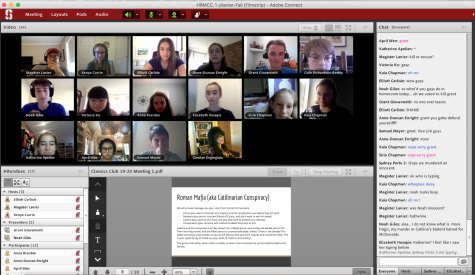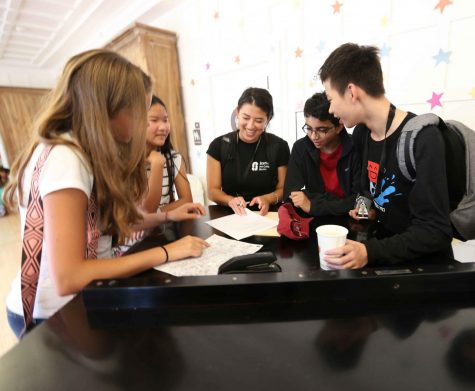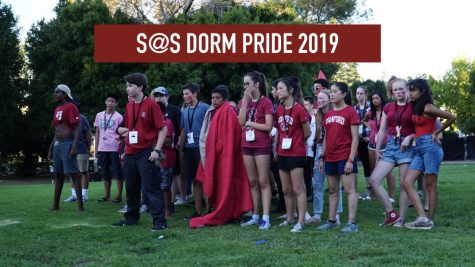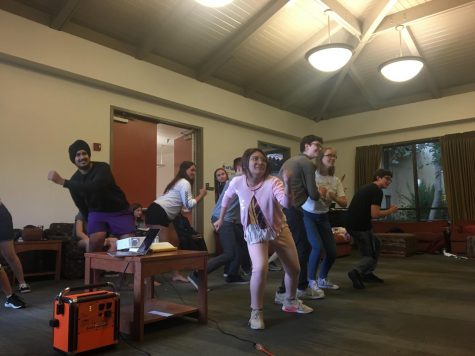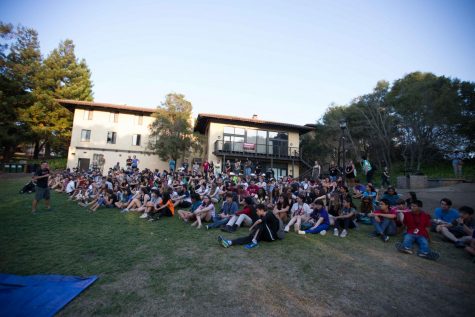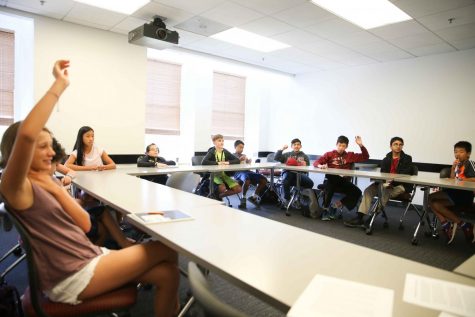Get Up and Get Moving
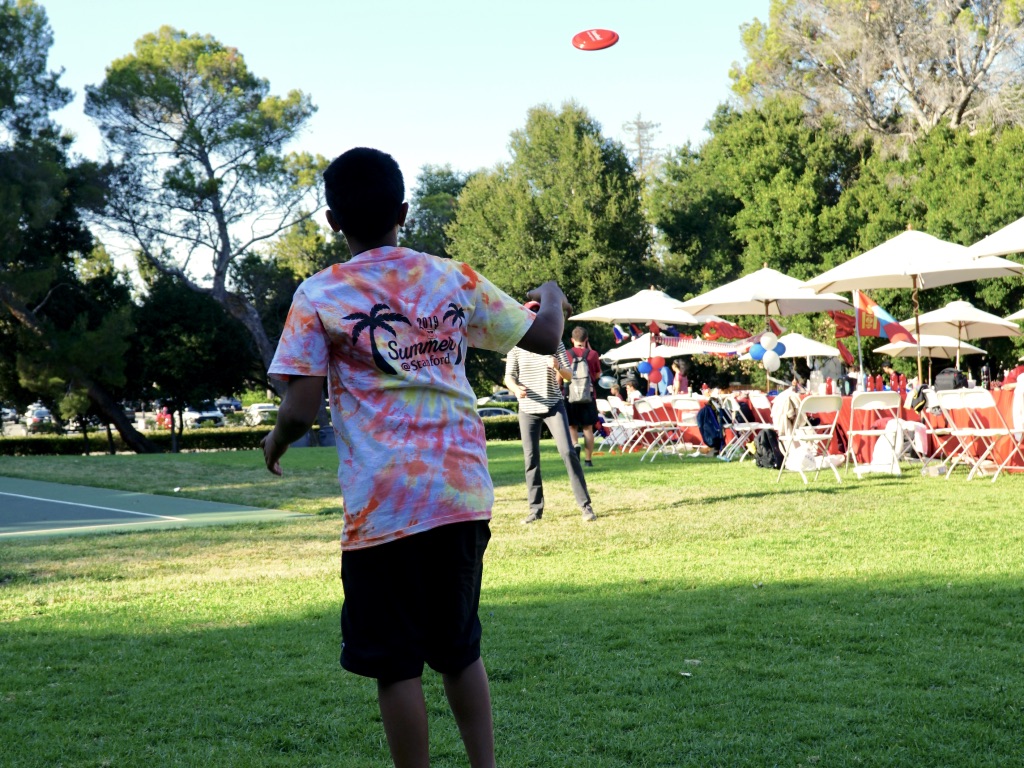
An OHSer throws a frisbee with Dr. Steele during Summer @ Stanford
According to a recent survey sent out to the OHS community, only 37.2% of students say they take short physical activity breaks every day. And only 32.6% of students say that they take these breaks every hour. The average OHS student (i.e. one who is not actively involved in a competitive sport) is too sedentary and does not engage in enough physical activity.
The average OHSer is sedentary for 6-9 hours a day, not including sleep. He or she exercises about 1-2 hours a day almost every day of the week, and that moderately-intense exercise may include cardio, kickboxing, running, dancing, and more. But the student is still sedentary for more than half the day. However, he or she can fix this by taking short breaks every hour to get up and move. That OHSer might also take short breaks in between long periods of sitting every couple hours. These breaks could include taking short walks around the house, playing with a pet, or various other activities.
In a recent study conducted by Audrey Bergouignan, Kristina T. Legget, Nathan De Jong, et al., it’s clear that short breaks are in fact important.
The study involved three groups with different levels of physical activity: one moderate session of physical activity per day, several small sessions of physical activity per day, and no sessions of physical activity per day.
Researchers found that individuals in the first group who engaged in thirty minutes of activity once a day, compared to those in the third group who did not engage in any physical activity, experienced increased energy and vigor. For the individuals in the second group, who took five minutes every hour to engage in activity, there was not only an increase in energy and vigor, but also experienced “improved mood, decreased levels of fatigue and reduced food cravings at the end of the day.”
Clearly, engaging in any physical activity will result in increased energy, but including physical activity throughout the day will also improve mood and reduce fatigue without negatively impacting cognitive performance.
Audrey Bergouignan, a co-author of the study, says, “What was very important in these studies is that these observations were made even taking into account time spent exercising…In other words, even people who exercise regularly will have better health if they break up their time spent sitting” with other physical activity.
Consistent, frequent movement awakens the different muscles throughout the body. By using the muscle regularly, Bergouignan says that individuals are “rebooting” the system throughout the day, and the “adverse effects of sedentariness” do not set in.
Bergouignan explains the under-the-surface processes occurring inside the body when you take these short activity breaks.
“The muscles are contracting, using more substrates for fuel (sugar first if in a period after a meal and lipid/fat if far from a meal), increasing energy expenditure, increasing blood circulation, soliciting muscle, but also [helping] bone, heart, lung and other organs. Even if the impact is small, it is constant,” she says.
So, what should students be doing?
Take a break every hour and get at least five minutes of physical activity. This activity could be walking or running on the treadmill, or playing with your friend, sibling, or pet. One fun way to get moving is to pick a song every hour and dance to that entire song.
This activity is not only beneficial for your physical health, but also has the potential to improve your cognitive function. Taking short breaks like the ones described above can help you return to work more focused and alert than if you had been sitting at your desk for hours on end.
OHS Physical Education only requires that students log an average of 200 minutes of weekly physical activity. Bergouignan pointed out that “This is way too low, especially for teenagers who should have something closer to 300 minutes per week.”
Also, the PE requirements do not provide students with any guidelines for that physical activity, such as how many times a day students should engage in physical activity. One could exercise for 200 minutes once a week and be done, but studies show that it is important to space out the physical activity by getting up and moving for a couple minutes every hour in addition to the one long bout of activity sometime during the day.
“In addition, the problem is not only the duration but more the lack of clear recommendation on the intensity of the recommended activity. Higher intensity in young individuals is highly recommended for physical activity. More and more studies show that if you are more active when you are young, you will have less health issues when growing up” Bergouignan says.
So, what do we do now that we have all this information?
Go above and beyond the PE requirements! Stay committed to your well-being. Get up to move, dance, or walk, for a couple minutes every hour. Not only is it healthy for your body, but it can lift your spirits and help you return to work more focused than ever.
Pause every hour and set aside your work. Get out of your chair and take a quick jog outside, once up and down your street. Take five minutes to walk on the treadmill, dance to a song, or wrestle with your dog.You’ll be surprised how this activity will benefit you both physically and mentally.



